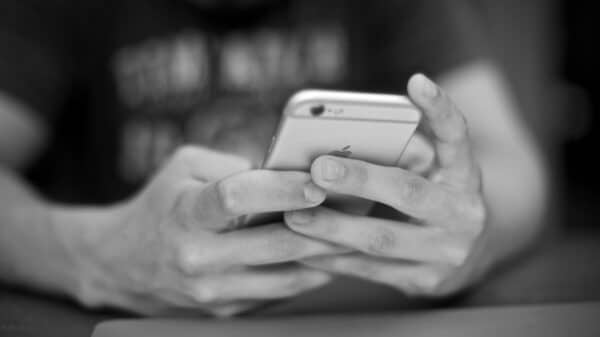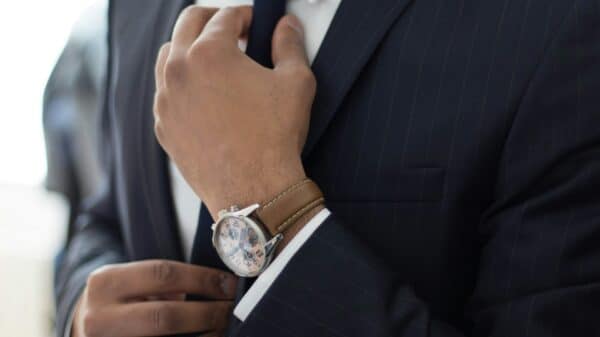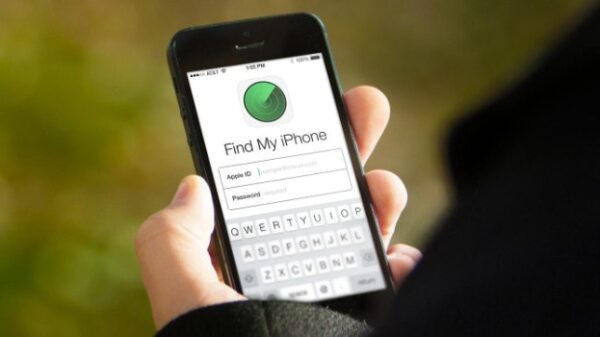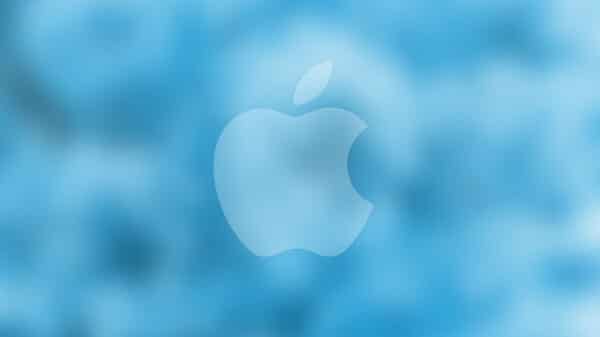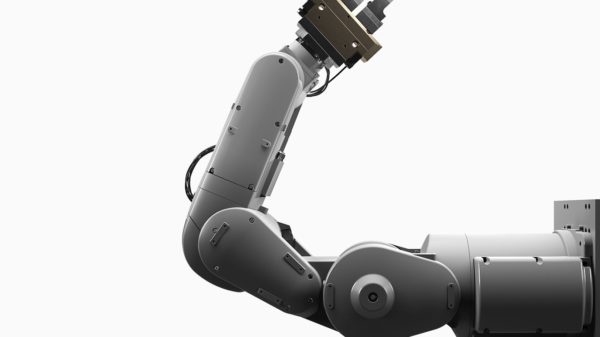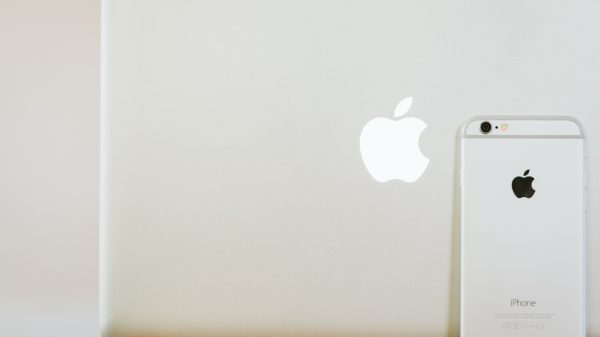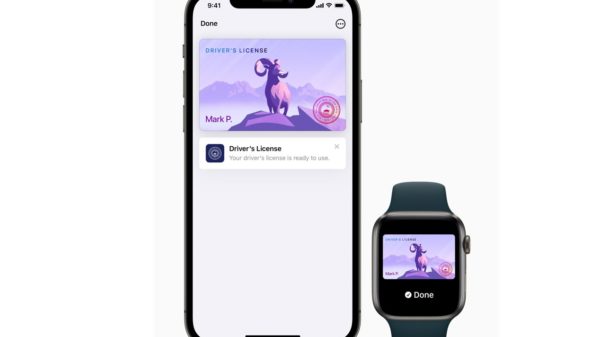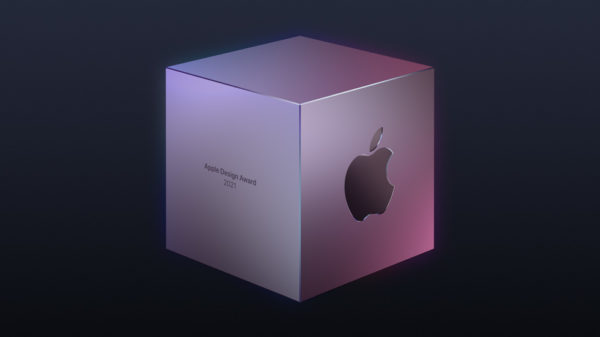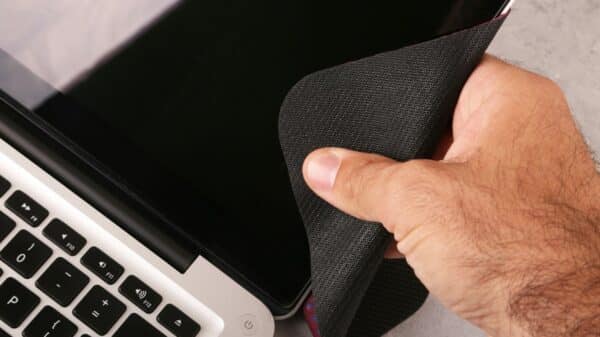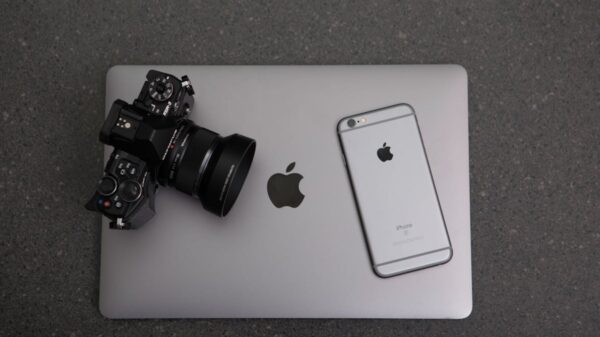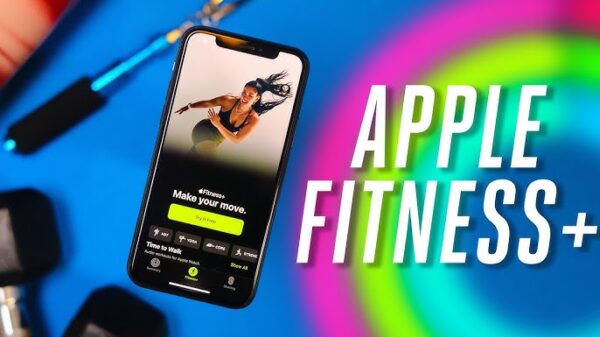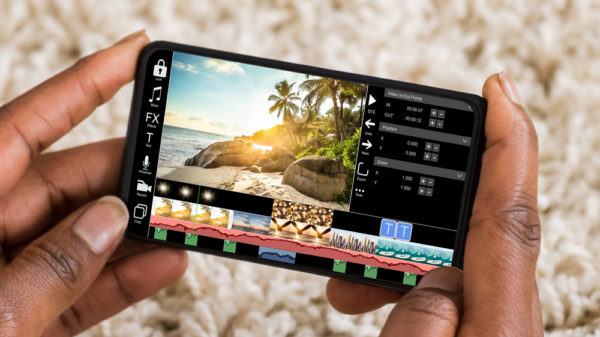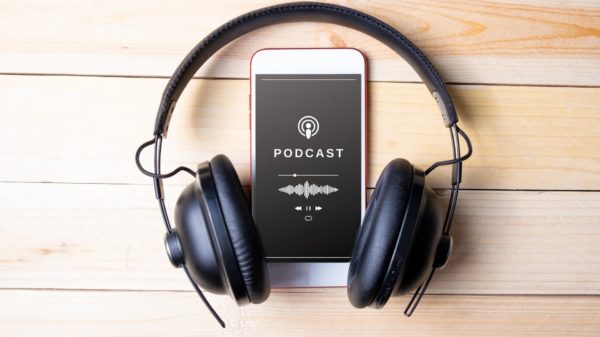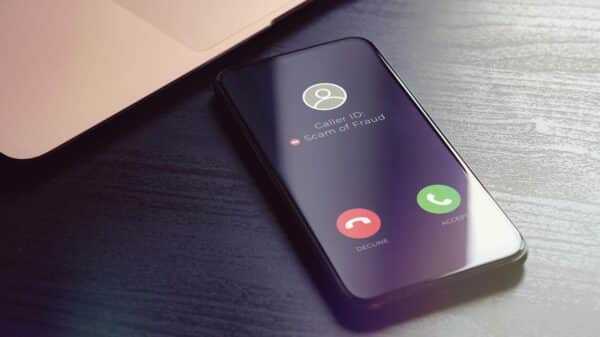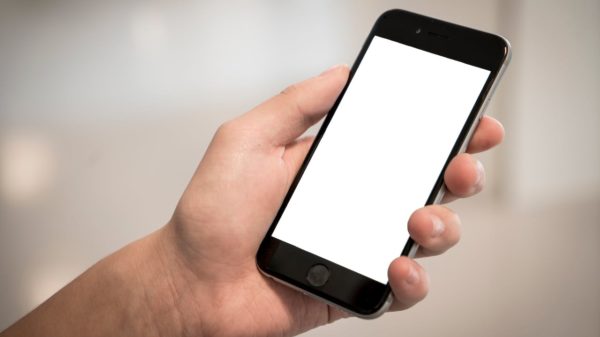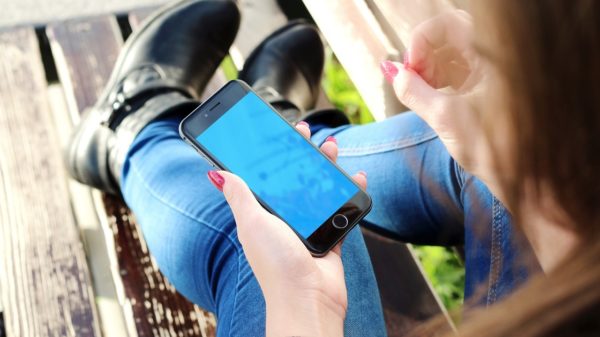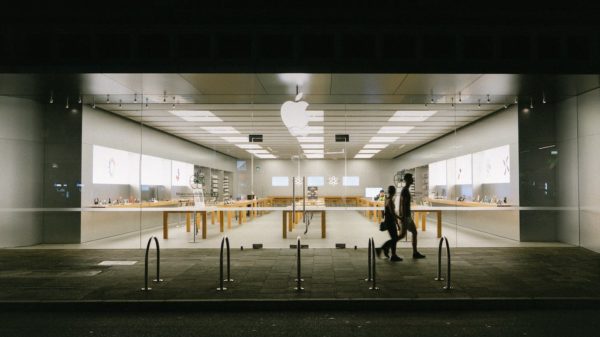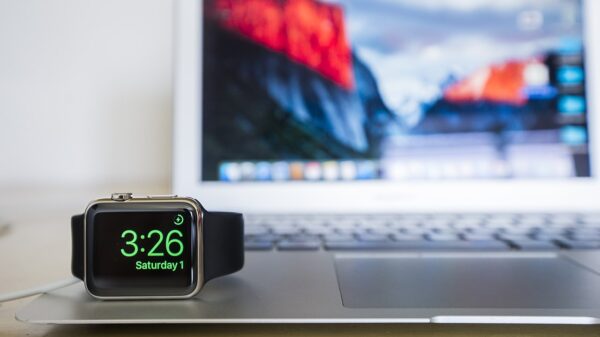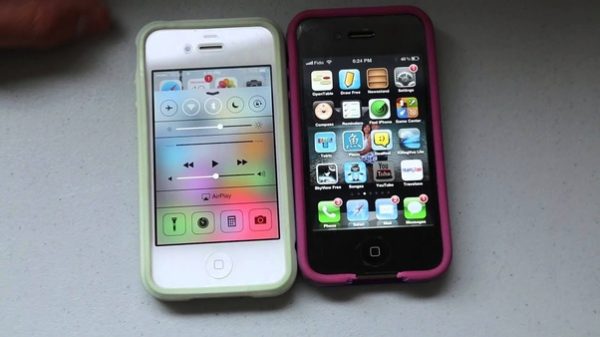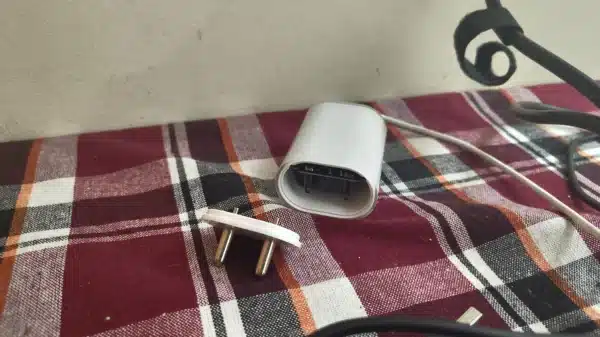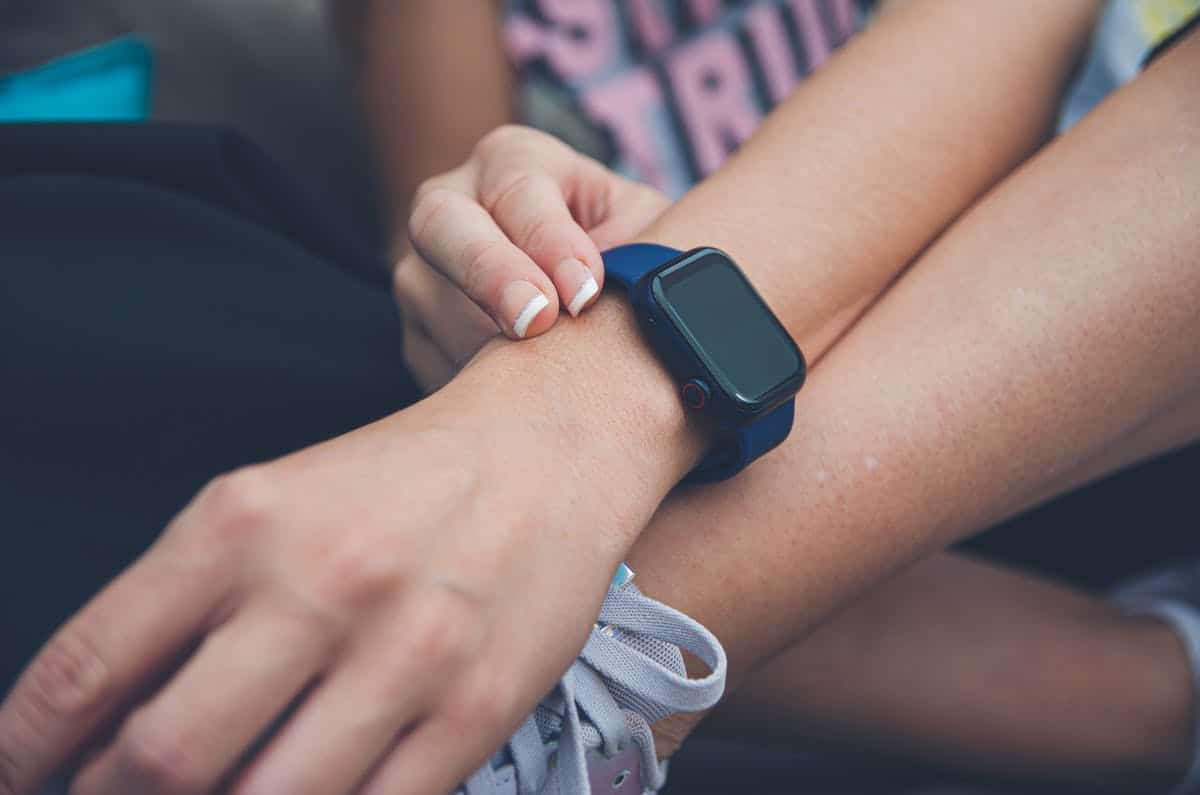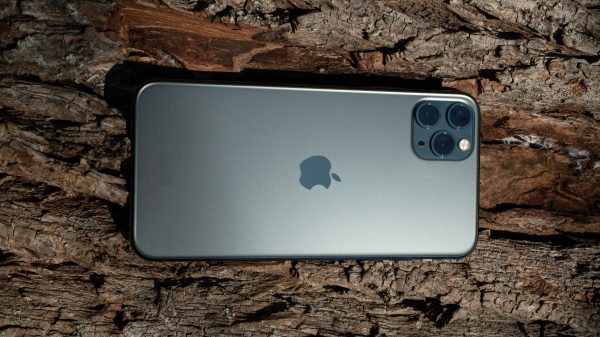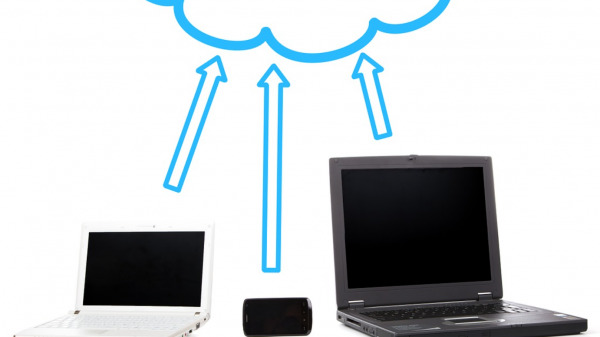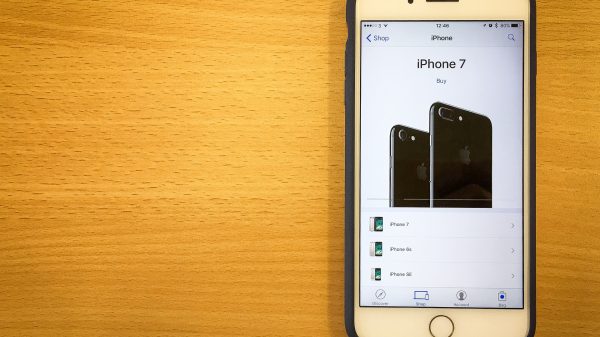Trading in your Apple Watch is a smart way to reduce the cost of an upgrade or get some cash back while ensuring that your old device is properly recycled. Whether you’re looking to trade it in through Apple’s official program, a third-party service, or a retailer, understanding the factors that influence the trade-in value is essential.
This guide provides all the details you need, from how different models are valued to tips for getting the best price. Additionally, we’ll cover related topics such as charging your Apple Watch and how SIM cards function in cellular models. Let’s dive into the details to ensure you get the best trade-in experience possible.
Understanding Apple Watch trade-in value
The trade-in value of an Apple Watch varies significantly based on a few key factors: model, condition, and demand. Apple typically offers the highest trade-in value for the latest models, such as the Apple Watch Ultra 2 or Series 9, whereas older models like the Series 3 and Series 4 have significantly lower valuations. At the same time, limited edition models, like the Apple Watch Hermès or titanium versions, may fetch a higher value than standard aluminum models.
Retailers and third-party resellers also offer trade-in options, but values may differ. For instance, Apple’s official program often provides store credit instead of cash, while services like Gazelle, Best Buy, and Amazon allow you to receive direct payments. The trade-in value can also fluctuate based on time-sensitive promotions or market conditions.
Another factor to consider is the original purchase price. Stainless steel and titanium models generally depreciate at a slower rate compared to aluminum versions. Additionally, cellular-enabled models often have a slightly higher trade-in value than their GPS-only counterparts.
Finally, accessories such as extra bands or the original charging cable may not significantly impact the trade-in price, but keeping your Apple Watch in pristine condition and including all original components can make the process smoother and more valuable.
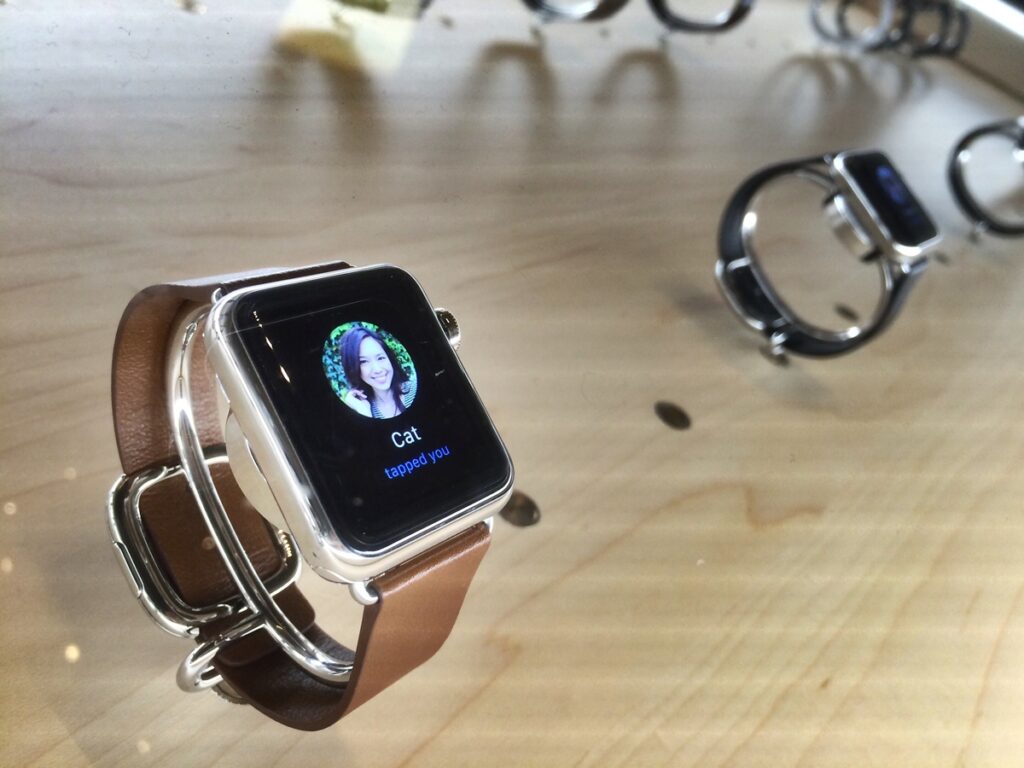
Factors influencing trade-in value
1. Model and Series
Newer Apple Watch models tend to have a much higher trade-in value than older ones. For example, an Apple Watch Ultra 2 or Series 9 can fetch up to $325 in trade-in credit when returned in excellent condition. Meanwhile, an Apple Watch Series 5 may only be worth around $100, and a Series 3 might be as low as $40.
Additionally, special edition models often hold their value better than standard versions. If you own a Nike or Hermès edition, you may receive a slightly better trade-in offer, especially if the market demand for these models is still strong.
2. Condition
The overall condition of your Apple Watch plays a crucial role in its trade-in value. Watches with minimal wear and tear, no scratches, and a fully functioning screen will be valued higher. Any significant physical damage, such as a cracked display or non-functional buttons, can drastically reduce the amount you receive.
To ensure your Apple Watch is in the best possible condition for trade-in, clean the screen and case before submitting it. If your battery life has significantly degraded, some trade-in programs may reduce your offer accordingly.
3. Market demand
Just like other tech products, Apple Watch models fluctuate in value based on market demand. When a new model is released, older generations typically lose value more quickly. If you plan to upgrade, trading in your device sooner rather than later can help you maximize its value before it depreciates further.
Additionally, specific color options and finishes can impact trade-in pricing. Stainless steel models generally hold their value better than aluminum, while popular colors may be slightly more valuable.
How to trade in your Apple Watch
1. Choose a trade-in program
There are multiple options for trading in your Apple Watch. Apple’s official Trade-In Program is a convenient choice, offering store credit toward a new Apple product. However, if you prefer cash, third-party services like Gazelle, Best Buy, Amazon, or your carrier may be a better fit.
Before making a decision, compare offers from different platforms. Some services may provide a better trade-in value based on current market demand.
2. Assess your watch
Before initiating a trade-in, determine the condition of your Apple Watch. Ensure that the screen is functional, there are no significant scratches, and all features work properly. Some trade-in programs provide an online estimator to give you a rough idea of your watch’s value based on its model and condition.
3. Prepare your watch
- Unpair from iPhone: Open the Apple Watch app on your iPhone, go to ‘My Watch,’ select your watch, and tap ‘Unpair Apple Watch.’
- Erase all content: On the watch, go to Settings > General > Reset > Erase All Content and Settings.
- Remove any personal data: Ensure that your Apple ID is signed out to prevent activation lock issues.
4. Submit your watch
If you’re using Apple’s program, you’ll receive a prepaid shipping kit to send in your watch. Some retailers also allow you to trade it in at a physical location. Once your watch is inspected and approved, you’ll receive your credit or payment.
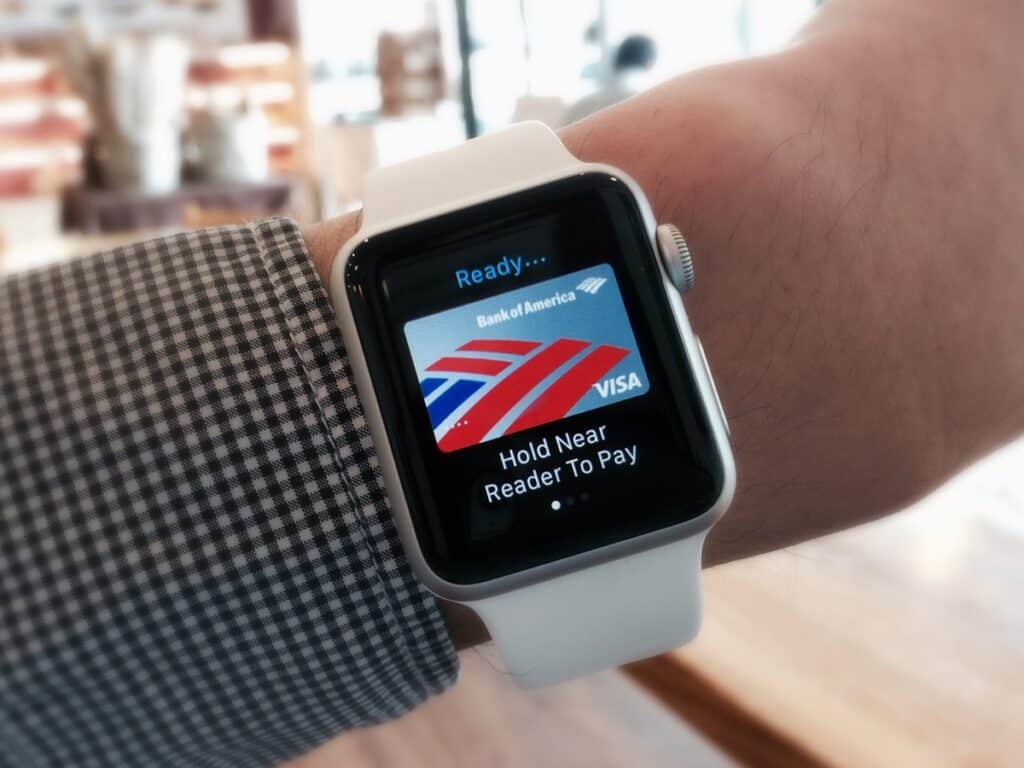
Charging your Apple Watch
Charging your Apple Watch properly ensures battery longevity and efficient performance. Apple provides a magnetic charging cable or a USB-C fast charger, depending on the model. Simply connect the charger to a power source, and align the back of your watch to the magnetic base; a green lightning bolt should appear on the screen, indicating that charging has started.
For faster charging, use a 20W or higher adapter. Avoid charging in extreme temperatures, as this can degrade battery health over time. If you frequently wear your watch overnight, consider enabling optimized charging in the settings to extend battery lifespan.
SIM cards in Apple Watch
Apple Watch models with cellular capabilities use an embedded SIM (eSIM), eliminating the need for a physical SIM card. The eSIM allows the watch to connect to a mobile network independently of an iPhone, enabling features such as phone calls, messages, and streaming music even when your phone is not nearby.
To activate an eSIM, open the Apple Watch app on your iPhone, select ‘Cellular,’ and follow the steps to add your carrier plan. Keep in mind that only specific carriers support Apple Watch cellular service, and there may be an additional cost for activating a separate data plan.
Conclusion
Trading in your Apple Watch is a great way to upgrade to a newer model while recouping some of your initial investment. By understanding the trade-in process, factors affecting value, and how to maximize your return, you can ensure a smooth and profitable experience. Whether you choose Apple’s official trade-in program, a third-party service, or a retailer, preparing your watch properly and timing your trade-in correctly can significantly impact your payout.
Maintaining good charging habits and understanding the role of eSIM technology in cellular models will help you make the most out of your Apple Watch, whether you keep it or trade it in. Make an informed decision today and get the best value possible!

